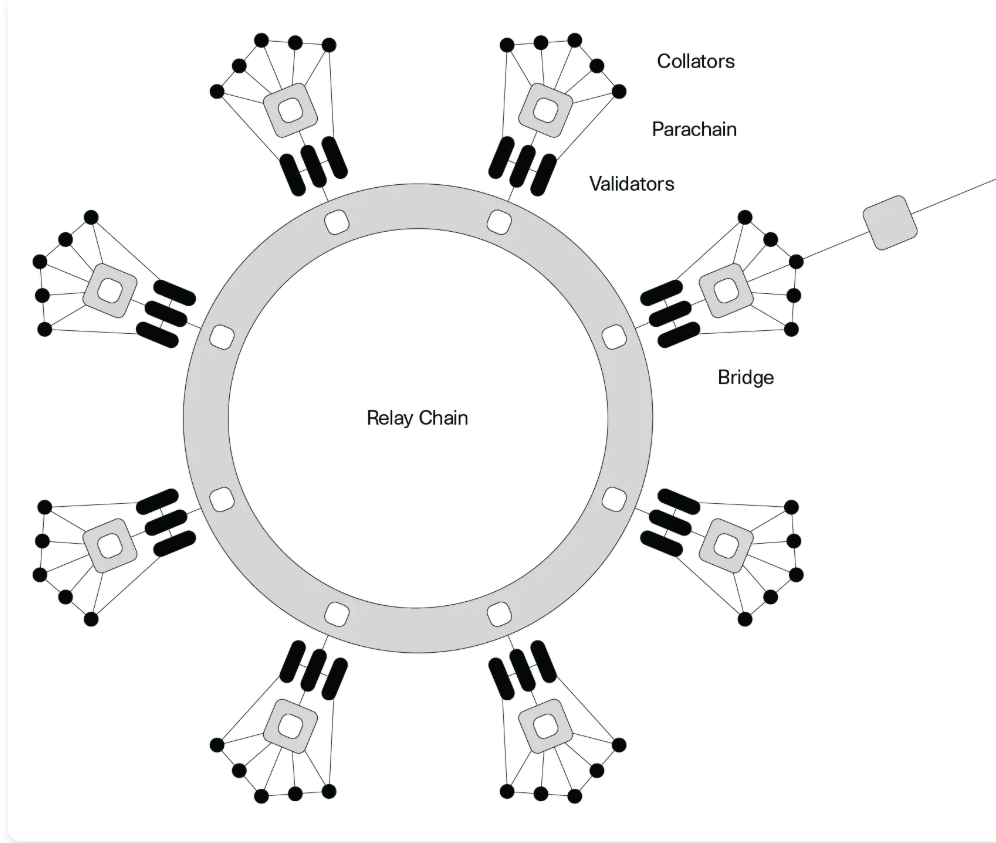Why Polkadot Deserves Your Attention
Ever feel like the blockchain world is a bunch of islands—each with its own rules, tokens, and communities, but barely any bridges between them? That’s exactly the problem Polkadot set out to solve.
Polkadot was launched back in 2016 by Gavin Wood, who, if you didn’t know, also co-founded Ethereum and helped create both Solidity and the EVM (Ethereum Virtual Machine). The idea? Make blockchains talk to each other, scale better, and evolve without drama. At the heart of it all is DOT, Polkadot’s native token. DOT is used for governance, staking, and validator voting. There’s no hard cap on supply; new tokens are minted at about 10% a year, with roughly 1.7 billion DOT out there right now—worth around $10 billion.
Why Do We Need Another Blockchain Anyway?
Let’s be honest: blockchains are amazing, but they’re not perfect. Here’s where Polkadot comes in:
Scalability: Most blockchains cram everything through a single pipeline. That’s fine when things are quiet, but when the hype kicks in—think NFT crazes or DeFi surges—networks get clogged, gas fees go through the roof, and regular users get left out. We’ve all seen Ethereum grind to a halt during busy times.
Interoperability: Blockchains don’t naturally talk to each other. Moving tokens or data between networks usually means trusting third-party bridges, which are often clunky and, frankly, a hacker’s dream. Some of the worst crypto hacks have targeted these bridges. Even when things work, the process is rarely smooth.
Governance and Upgrades: Upgrading most blockchains is a headache. It can mean off-chain wrangling, client updates, or even messy forks. That slows down progress and can split communities. Polkadot does upgrades differently: everything happens on-chain, with the runtime compiled to Wasm and swapped out seamlessly—no downtime, no drama.
What Makes Polkadot Stand Out?
Polkadot isn’t just another blockchain—it’s more like the foundation for a whole ecosystem. Here’s what sets it apart:
Multichain, Layer 0 Vibes
Polkadot acts as a “Layer 0”—it’s the base that connects other blockchains (called parachains) through its Relay Chain. Think of the Relay Chain as the main station where all the action is coordinated, while parachains are like express lines running in parallel, each with their own rules and tokens but sharing security and communication.
Real Parallel Processing
Unlike Ethereum, which handles transactions one by one, Polkadot lets parachains process stuff in parallel. That means more throughput, less waiting, and a smoother experience for everyone.
Kusama: Polkadot’s Wild Twin
Polkadot also has a close sibling: Kusama (KSM). Kusama is like Polkadot’s adventurous cousin—a place where developers can test new features and push boundaries before things go live on Polkadot. It’s not just a testnet; it’s a fully functional network with its own value and community.
Nominated Proof-of-Stake & GRANDPA
Polkadot uses a special flavor of proof-of-stake called Nominated Proof-of-Stake (NPoS). Instead of anyone with enough tokens becoming a validator, DOT holders vote for validators they trust. Only the most supported get to validate.
But the real magic is in Polkadot’s consensus mechanism: GRANDPA (GHOST-based Recursive Ancestor Deriving Prefix Agreement). It doesn’t finalize blocks at a fixed pace—instead, it can batch-finalize lots of blocks when things are running smoothly, or catch up quickly if the network falls behind. That keeps things fast and reliable.
Key Polkadot Terms (No Jargon, Just the Essentials)
Relay Chain: The core of Polkadot. It doesn’t run smart contracts or apps itself but handles security, consensus, and communication between all parachains.
Parachain: Independent blockchains connected to the Relay Chain. They can have their own tokens, rules, and features, but share security and can talk to each other.
Appchain: A parachain built for a specific use case—like DeFi, gaming, or identity. It’s tailored for one job and does it well.
Validators: The folks who keep Polkadot honest. They produce and verify blocks, confirm parachain blocks, and stake DOT as collateral. Good behavior gets rewarded; bad behavior gets penalized.
Collators: These operate on parachains, gathering transactions and building parachain blocks. They submit those blocks to validators for inclusion in the main network.
DOT: The native token. It’s used for staking, governance, bonding (locking up to connect parachains), and paying fees.
Governance: Polkadot’s governance is all on-chain. DOT holders propose changes, vote on upgrades, and elect council members. No backroom deals—everything is transparent and automatic.
Polkadot at a Glance

What’s Next?
Curious about how all these pieces fit together? In my next post, I’ll break down the nuts and bolts—from the Host and Runtime to how transactions actually flow through the system. Stay tuned!